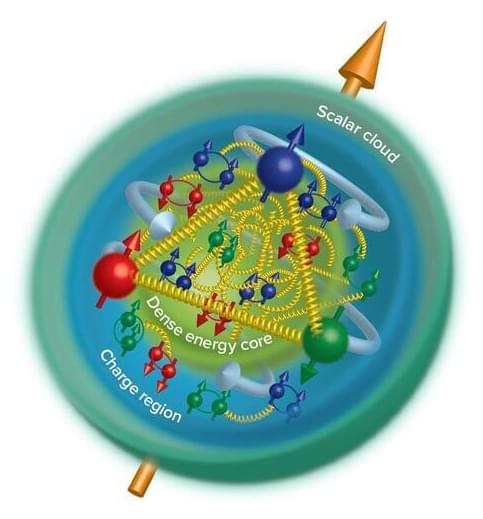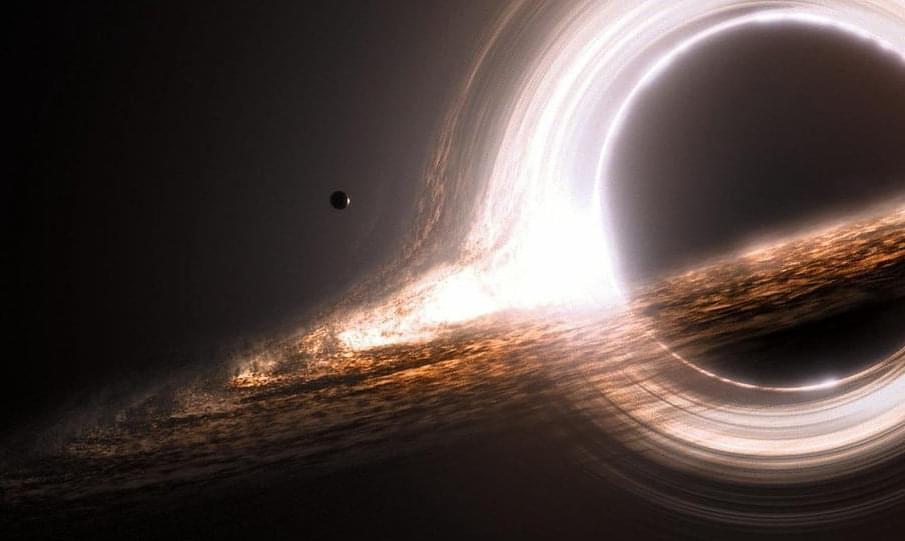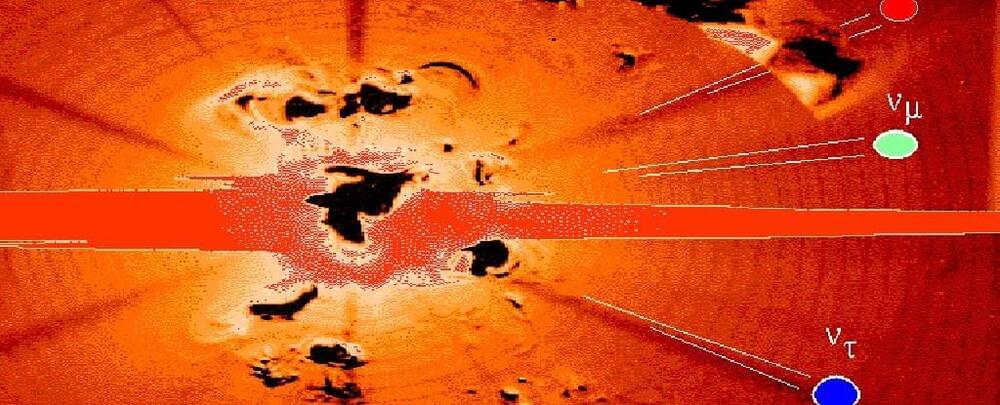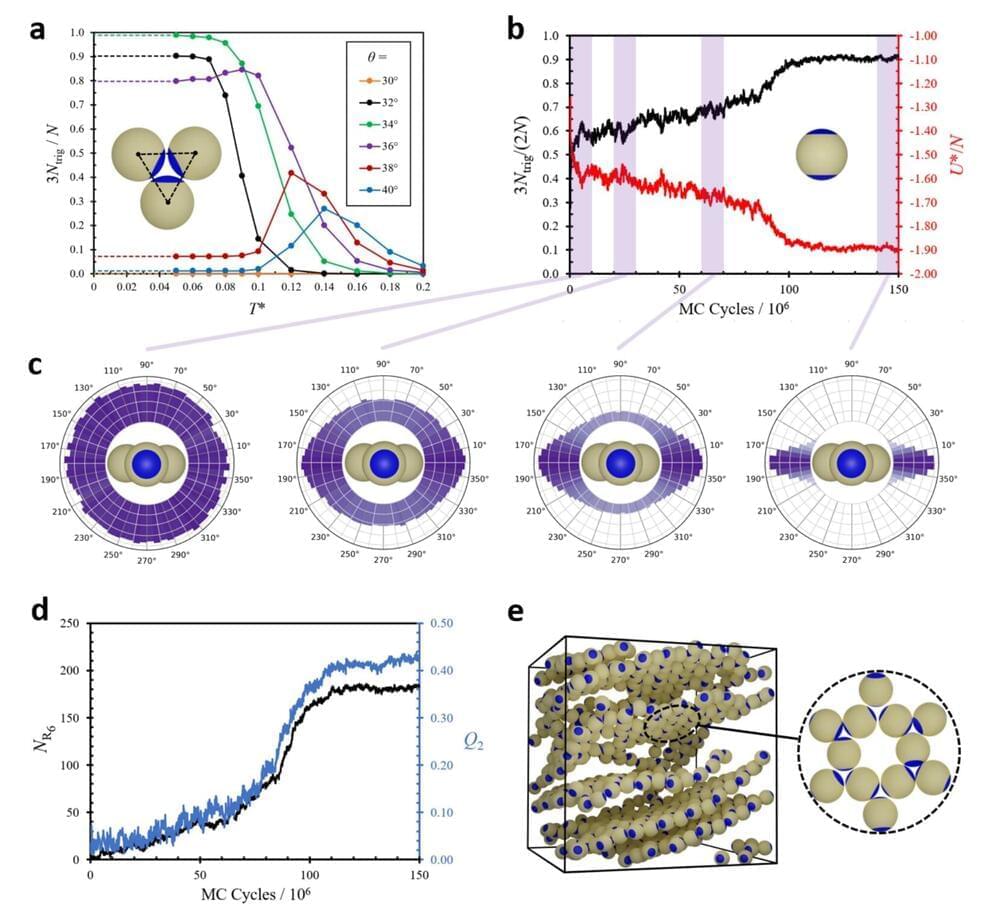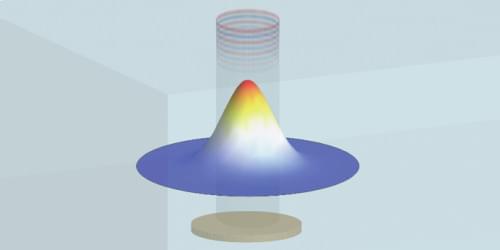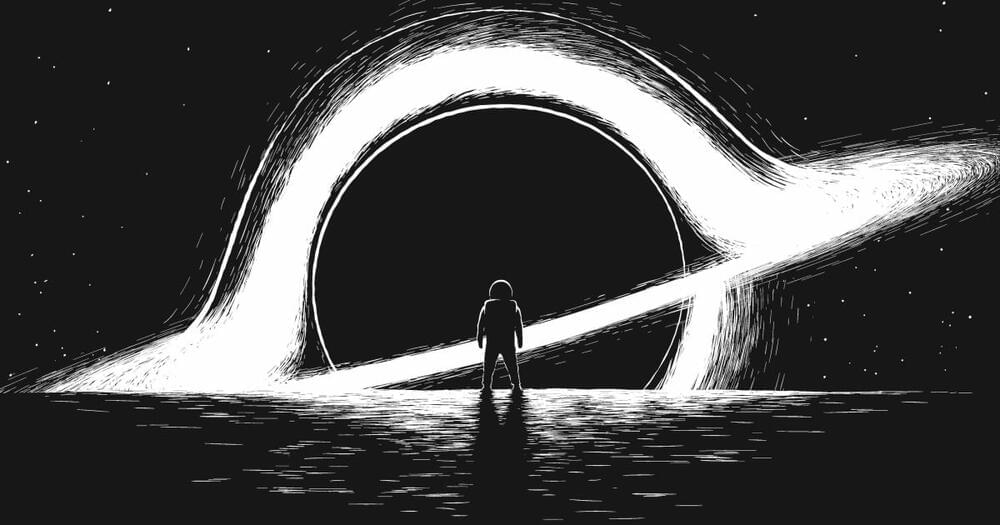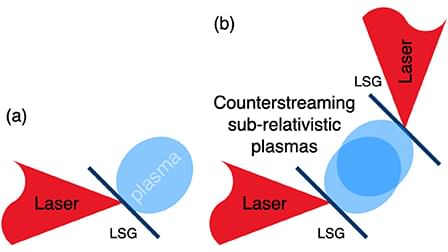That means that these two people will say that the state of reality is different – they’d have different facts about where the particle is.
There are may other oddities about quantum mechanics, too. Particles can be entangled in a way that enables them to somehow share information instantaneously even if they’re light years apart, for example. This challenges another common intution: that objects need a physical mediator to interact.
Physicists have therefore long debated how to interpret quantum mechanics. Is it a true and objective description of reality? If so, what happens to all the possible outcomes that we don’t measure? The many worlds interpretation argues they do happen – but in parallel universes.

